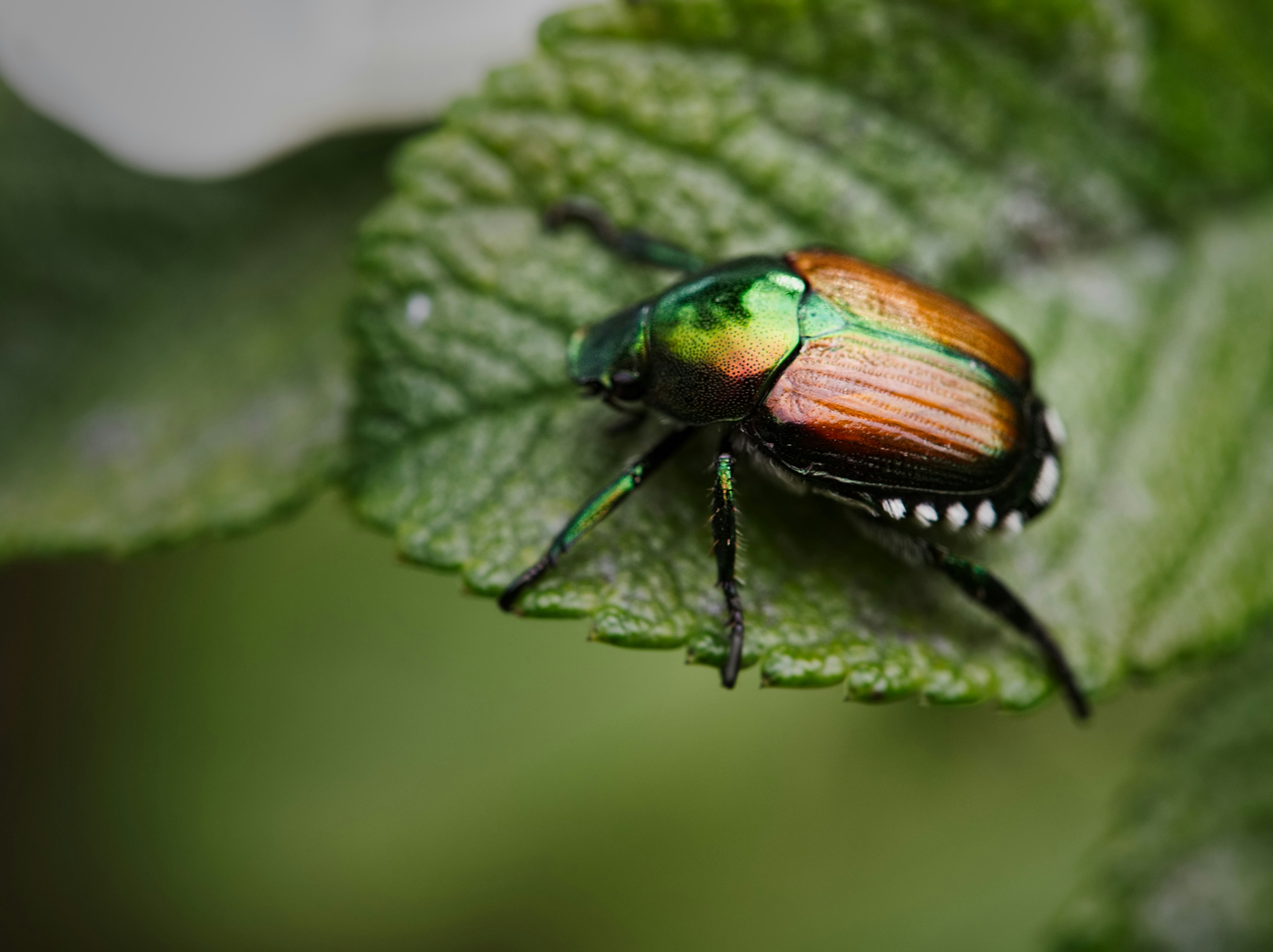The Fascinating World of Glowing Insects: Their Role in the Environment and the Threat of Extinction

Glowing insects, also known as bioluminescent insects, have long fascinated scientists and nature enthusiasts alike. These incredible creatures, such as fireflies, glowworms, and certain species of beetles, light up the night with their natural glow. But beyond their captivating beauty, glowing insects play a crucial role in maintaining the balance of our ecosystems. However, these luminous insects are under threat, and their declining populations raise concerns about the broader environmental impact.
The Importance of Glowing Insects in the Ecosystem
Pollination: While bees and butterflies are often highlighted as key pollinators, some glowing insects also contribute to pollination. For example, certain species of bioluminescent beetles are known to assist in the pollination of specific plants. Their glow not only attracts mates but also plays a role in the reproduction of flora, making them essential in maintaining plant biodiversity.
Natural Pest Control: Many glowing insects are predators, feeding on smaller insects and pests that could otherwise harm crops and plants. Fireflies, for instance, in their larval stage, are voracious predators of pests like slugs and snails. By naturally controlling pest populations, these insects reduce the need for chemical pesticides, contributing to healthier and more sustainable agricultural practices.
Indicator Species: Bioluminescent insects serve as indicator species, meaning their presence, absence, or population trends can provide valuable information about the health of an environment. A decline in glowing insect populations can signal broader environmental issues, such as pollution, habitat loss, or climate change.
The Threat of Extinction: A Growing Concern
Despite their ecological significance, glowing insects are facing an alarming decline in numbers. This trend is particularly troubling when considering the factors contributing to their extinction:
Habitat Destruction: Urbanization, deforestation, and the expansion of agriculture have led to the loss of natural habitats for many glowing insects. Fireflies, for example, rely on specific environments like wetlands, forests, and grasslands. The destruction of these habitats due to human activities has significantly reduced their populations.
Light Pollution: The increasing prevalence of artificial light in urban and suburban areas has a detrimental effect on bioluminescent insects. Light pollution disrupts their mating rituals, as these insects rely on their glow to attract mates. As a result, their reproductive success is compromised, leading to population decline.
Pesticide Use: The widespread use of pesticides in agriculture not only targets harmful pests but also impacts beneficial insects, including bioluminescent species. These chemicals can contaminate the habitats of glowing insects, poisoning them and reducing their numbers.
Climate Change: Changing weather patterns and global temperature shifts are altering the habitats and life cycles of many insects. For glowing insects, this means the potential loss of suitable environments and disruption of their breeding patterns, further pushing them toward extinction.
How We Can Help: Conservation Efforts
The decline of glowing insects is a wake-up call to the urgent need for conservation efforts. Protecting their habitats, reducing light pollution, and minimizing pesticide use are crucial steps in preserving these fascinating creatures. Additionally, supporting organizations dedicated to insect conservation can make a significant impact. For example, groups like the Firefly Conservation & Research work to raise awareness and implement strategies to protect firefly populations around the world.
For more information on how you can contribute to insect conservation, check out our article on Sustainable Gardening Practices, where we discuss eco-friendly ways to support local wildlife, including insects.
Further Reading
To learn more about the broader implications of insect decline, visit the Xerces Society’s website, which offers in-depth resources on insect conservation and how you can get involved in protecting these vital species.
Overall
Glowing insects are more than just nature’s nightlights; they are vital to the health and stability of our ecosystems. Their decline is a stark reminder of the impact human activities can have on the environment. By taking steps to protect these luminous creatures, we can help preserve not only their beauty but also the ecological balance they help maintain.

Leave a Reply